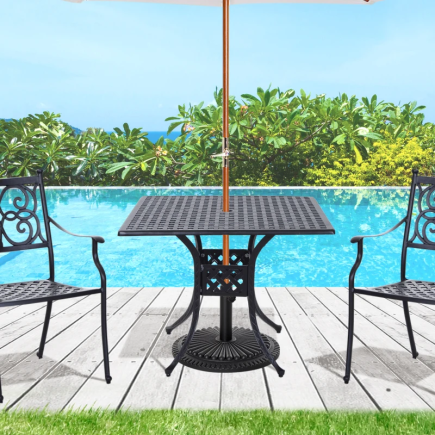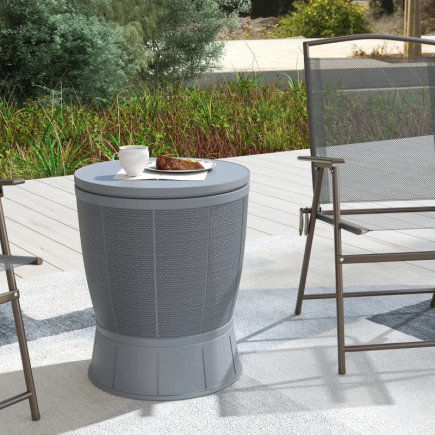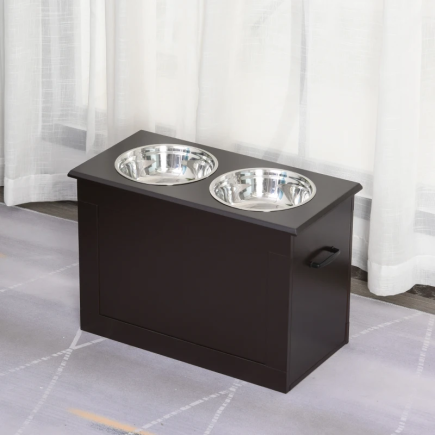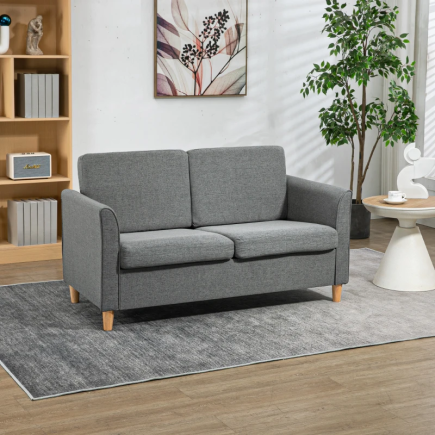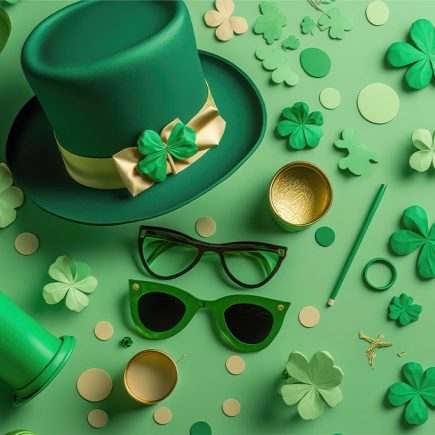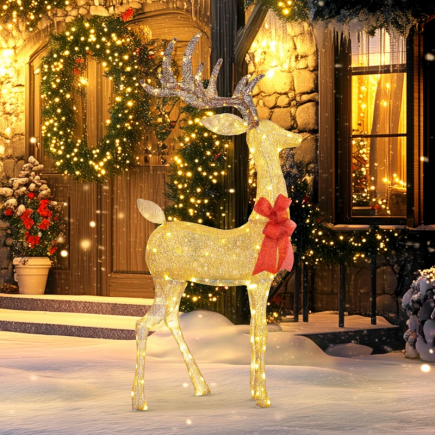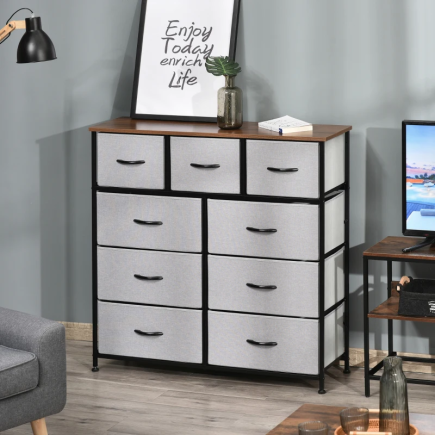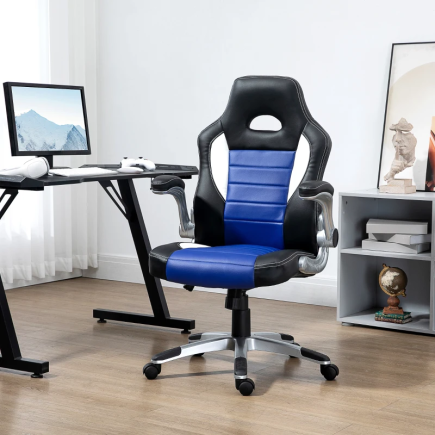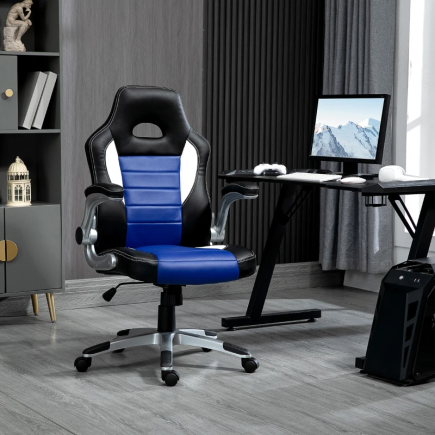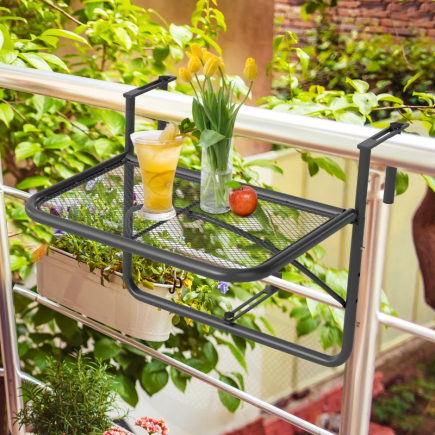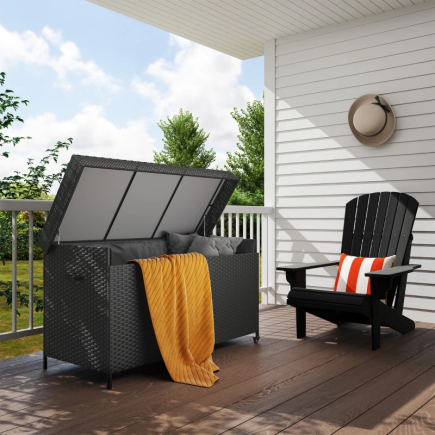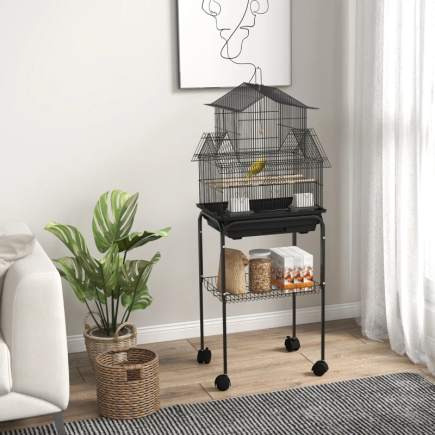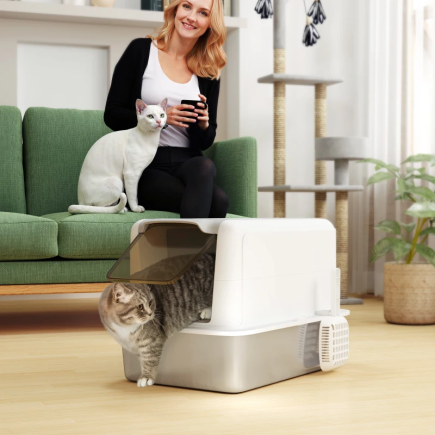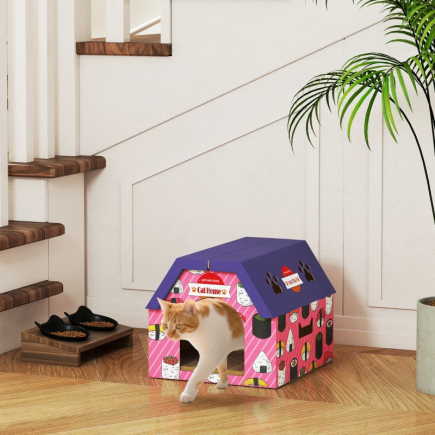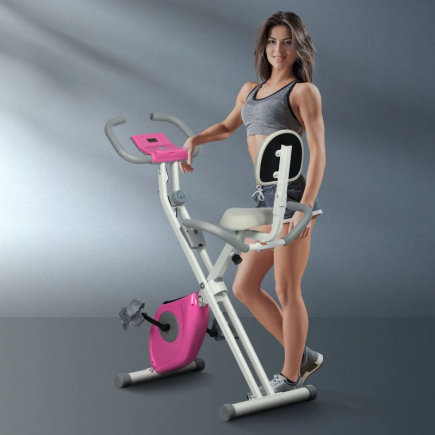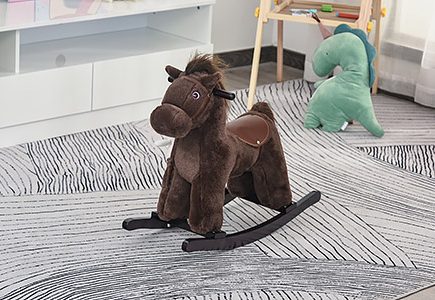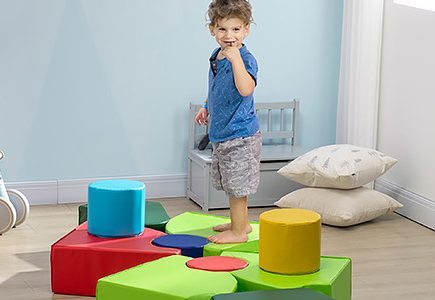Feeding time is one of the most important parts of your dog’s daily routine, and the bowl you choose can significantly influence comfort, digestion, and cleanliness. From material differences to advanced functional designs, every bowl serves a unique purpose. This guide compares all major types of dog bowls, helping you choose the perfect fit for your dog’s eating habits and lifestyle.

Bowls by Material
| Sr. No. | Material Type | Purpose / How It Works | Standout Benefit |
| 1 | Stainless Steel Bowls | Metal bowl for everyday feeding | Hygienic and long-lasting |
| 2 | Ceramic Bowls | Glazed, heavy bowl for stable feeding | Stylish and tip-resistant |
| 3 | Plastic Bowls | Lightweight moulded bowl | Budget-friendly and easy to use |
| 4 | Glass Bowls | Toughened, non-porous glass bowl | Extremely easy to sanitise |
| 5 | Aluminum Bowls | Lightweight metal bowl | Tough and weather-resistant |
| 6 | Bamboo / Eco-Friendly Bowls | Natural fibre-based feeding bowl | Sustainable option with natural feel |
| 7 | Silicone Bowls | Foldable, flexible feeding bowl | Ideal for portability |
| 8 | Copper Bowls | Antimicrobial metal feeding bowl | Naturally reduces bacterial growth |
Below, you’ll find a detailed breakdown of each bowl type, including features, pros, cons, and suitability. This section gives you a clear understanding of how every option works so you can confidently choose the bowl that best matches your dog’s eating habits and daily needs.
1. Stainless Steel Bowls

Stainless steel Dog Bowls are durable, practical, and remain one of the most hygienic feeding options available. Their non-porous metal surface stays free of odours and resists rust.
Key Features
- Durable metal build
- Non-porous and odour-resistant
- Dishwasher-safe
- Lightweight yet sturdy
- Available with non-slip bases
Pros
- Extremely long-lasting
- Very hygienic
- Easy to clean
- Resistant to stains
Cons
- Can be noisy
- Scratches may appear over time
- Basic appearance
Best For: Everyday feeding, multi-dog households, messy drinkers, and dogs needing a clean, durable bowl.
2. Ceramic Bowls

Ceramic bowls are heavy and stable, making them harder for dogs to push around. Their glazed finish offers smooth feeding and a decorative look.
Key Features
- Thick, weighted structure
- Glazed interior surface
- Various colours and patterns
- Smooth and easy to clean
- Dishwasher-safe (verified cases)
Pros
- Stylish designs
- Tip-resistant
- Odour-free surface
Cons
- Breakable
- Chips may harbour bacteria
- Heavy to move
Best For: Gentle eaters and homes wanting a stylish, tip-resistant feeding solution.
3. Plastic Bowls

Plastic bowls are lightweight, inexpensive, and widely available. They are often used for temporary setups or casual feeding needs.
Key Features
- Moulded construction
- Bright colour options
- Lightweight design
- Low cost
- Easy to carry
Pros
- Very affordable
- Portable
- Comes in many designs
Cons
- Scratches easily
- Can hold bacteria if damaged
- Not ideal for chewers
Best For: Temporary feeding, controlled environments, and small dogs that do not chew their bowls.
4. Glass Bowls

Glass bowls are non-porous and extremely hygienic, allowing easy visibility of dirt or buildup. They offer a clean, modern aesthetic.
Key Features
- Toughened or tempered design
- Stain-resistant
- Clear and modern look
- Easy to sanitise
- Smooth feeding surface
Pros
- Very hygienic
- Doesn’t absorb odours
- Easy to inspect for cleanliness
Cons
- Can break
- Heavier than plastic or metal
- Not ideal for rough eaters
Best For: Calm eaters and homes wanting clean feeding aesthetics.
5. Aluminum Bowls

Aluminum bowls are tough, lightweight, and suitable for outdoor or rugged environments. They resist impact and are easy to carry.
Key Features
- Lightweight metal
- Weather-resistant
- Fast-drying
- Simple designs
- Rust-resistant
Pros
- Travel-friendly
- Hard to dent
- Suitable for outdoor setups
Cons
- Can react with certain foods
- Less common
- Noisy when moved
Best For: Outdoor feeding spaces and dogs needing a durable yet lightweight bowl.
6. Bamboo / Eco-Friendly Bowls

Eco-friendly bowls use bamboo fibres or natural materials to create a sustainable feeding option with a smooth, attractive finish.
Key Features
- Earth-friendly materials
- Lightweight yet firm
- Smooth finish
- Odour-resistant
- Natural appearance
Pros
- Environmentally conscious
- Stylish natural texture
- Easy to clean
Cons
- Not ideal for chewers
- Less durable than metal
- Can fade over time
Best For: Eco-conscious pet parents and gentle eaters.
7. Silicone Bowls

Silicone bowls fold, collapse, and spring back into shape, making them ideal for portable feeding during walks or trips.
Key Features
- Foldable and flexible
- Lightweight
- Clip-on compatibility
- Safe for food and water
- Fast drying
Pros
- Very portable
- Space-saving
- Easy to store
Cons
- Chewable
- Less stable on uneven ground
Best For: Walks, hikes, travel bags, and outdoor adventures.
8. Copper Bowls

Copper bowls bring a unique, polished look and natural antimicrobial benefits. They work best for dry food.
Key Features
- Polished metallic finish
- Antimicrobial surface
- Heavy build
- Decorative appearance
- Long-lasting with care
Pros
- Naturally helps reduce bacteria
- Heavy and stable
- Very stylish
Cons
- Requires polishing
- Not suitable for acidic food
- Pricier than other materials
Best For: Dry food meals and decorative feeding setups.
Bowls by Function
| Sr. No. | Bowl Type (Function-Based) | Purpose / How It Works | Standout Benefit |
| 1 | Classic Bowls | Standard open-top bowl | Simple and practical for daily use |
| 2 | Elevated Bowls | Bowls raised on a stand or platform | Supports comfortable eating posture |
| 3 | Slow-Feeder Bowls | Bowls with ridges or mazes | Helps reduce gulping and improve digestion |
| 4 | Spill-Resistant Bowls | Weighted or anti-spill designs | Reduces mess and splashes |
| 5 | Free-Feeding / Gravity Bowls | Automatically refill as the dog eats | Keeps food or water available |
| 6 | Travel / Collapsible Bowls | Portable bowls for trips | Perfect for outdoor feeding |
| 7 | Automatic Feeders | Timed or programmed feeding | Supports scheduled meals |
1. Classic Bowls

Classic bowls are straightforward, open-top bowls used for regular feeding. They come in various materials and sizes.
Key Features
- Simple design
- Easy to fill
- Easy to clean
- Available everywhere
- Multiple material options
Pros
- Universal use
- Quick to wash
- Great starter bowl
Cons
- No special features
- Can spill if too light
Best For: Everyday feeding without specialised requirements.
2. Elevated Bowls

Elevated Dog Bowls lift food and water to a comfortable height, helping reduce strain during mealtime.
Key Features
- Raised stand
- Two-bowl design
- Stable structure
- Reduces bending
- Ideal for tall dogs
Pros
- Supports good posture
- Reduces neck strain
- Cleaner feeding area
Cons
- Bulkier
- Not ideal for all eating styles
Best For: Large dogs, senior dogs, and pets needing elevated feeding.
3. Slow-Feeder Bowls

Slow-feeder bowls use ridges or patterns to help regulate eating speed, reducing gulping and improving digestion.
Key Features
- Maze-like design
- Various patterns
- Encourages slower chewing
- Mental stimulation
- Available in multiple materials
Pros
- Improves digestion
- Reduces risk of choking
- Provides enrichment
Cons
- Can frustrate impatient dogs
- Requires more cleaning
Best For: Fast eaters and dogs needing moderated eating speed.
4. Spill-Resistant Bowls

Spill-resistant bowls help minimise splashes through weighted bases or specialised rims that contain movement.
Key Features
- Anti-spill lip
- Weighted bottom
- Non-slip base
- Often water-friendly
- Reduces mess
Pros
- Cleaner floors
- Ideal for playful eaters
- Contains water movement
Cons
- Can be bulky
- Limited styles
Best For: Messy drinkers and dogs who splash water.
5. Free-Feeding / Gravity Bowls

Gravity bowls automatically refill the feeding dish by using a downward-flow reservoir, keeping supplies available.
Key Features
- Reservoir container
- Automatic refill
- Works with food or water
- Low-maintenance
- Clear level monitoring
Pros
- Convenient
- Requires less refilling
- Easy for daily hydration
Cons
- Not suitable for overeaters
- Harder to clean fully
Best For: Self-regulating dogs needing all-day access to food or water.
6. Travel / Collapsible Bowls

Travel bowls collapse flat and are designed for walks, drives, outdoor activities, and quick hydration on the move.
Key Features
- Foldable or compressible
- Lightweight
- Fast-drying
- Clips to bags
- Suitable for food or water
Pros
- Ideal for outings
- Very compact
- Easy to clean
Cons
- Limited durability
- Not a permanent bowl
Best For: Hiking, road trips, and outdoor meals.
7. Automatic Feeders

Automatic feeders offer timed or portion-controlled feeding, ideal for maintaining consistent meal schedules.
Key Features
- Programmable feeding
- Portion control
- Sealed food storage
- Battery-operated or plugged
- Smart features in some models
Pros
- Helps regulate intake
- Ideal for scheduling
- Reduces overeating
Cons
- More expensive
- Requires maintenance
Best For: Pets needing portion control and timed feeding routines.
The ideal Dog Bowl depends on your dog’s habits, physical needs, and feeding behaviour. Consider whether your dog eats quickly, pushes bowls, splashes water, or prefers raised feeding. A well-chosen bowl makes feeding cleaner, safer, and more comfortable, while also supporting better digestion and daily routine.
FAQs
1. What bowl should I choose if my dog gets acne or chin irritation?
Some dogs react to plastic, especially if the bowl has scratches. Switching to stainless steel or glass, both non-porous materials, prevents bacteria buildup that causes irritation. Make sure the bowl is washed daily to maintain skin hygiene.
2. What type of bowl works best for a dog that eats too fast?
A slow-feeder bowl is ideal because its ridges and patterns naturally slow down eating speed. This reduces choking, vomiting, and gulping. If your dog becomes frustrated easily, start with a simpler slow-feeder pattern and increase complexity gradually.
3. How do I know if my dog needs an elevated bowl?
An elevated bowl is useful if your dog strains their neck, shoulders, or joints while eating. It’s especially helpful for large breeds, senior dogs, or pets recovering from injuries. If your dog seems more comfortable eating at chest height, an elevated setup will likely help.
4. Is a stainless steel bowl safe for dogs that chew?
Stainless steel is the safest option for chewers, but choose a thicker-gauge bowl to avoid dents. Avoid lightweight or thin bowls that move easily, non-slip bases or heavier designs keep them stable.

